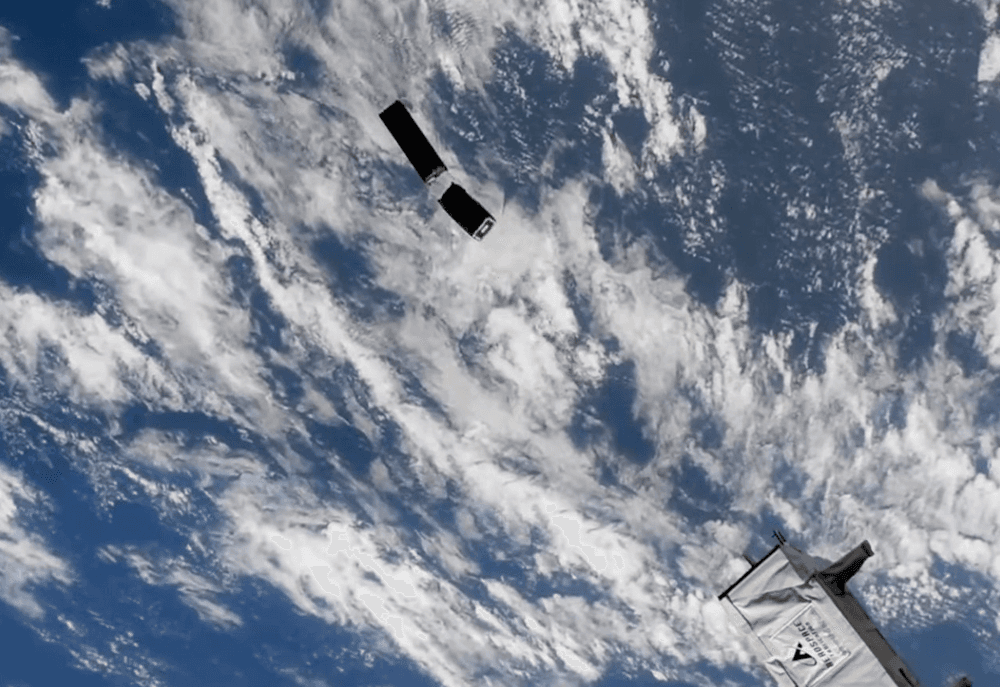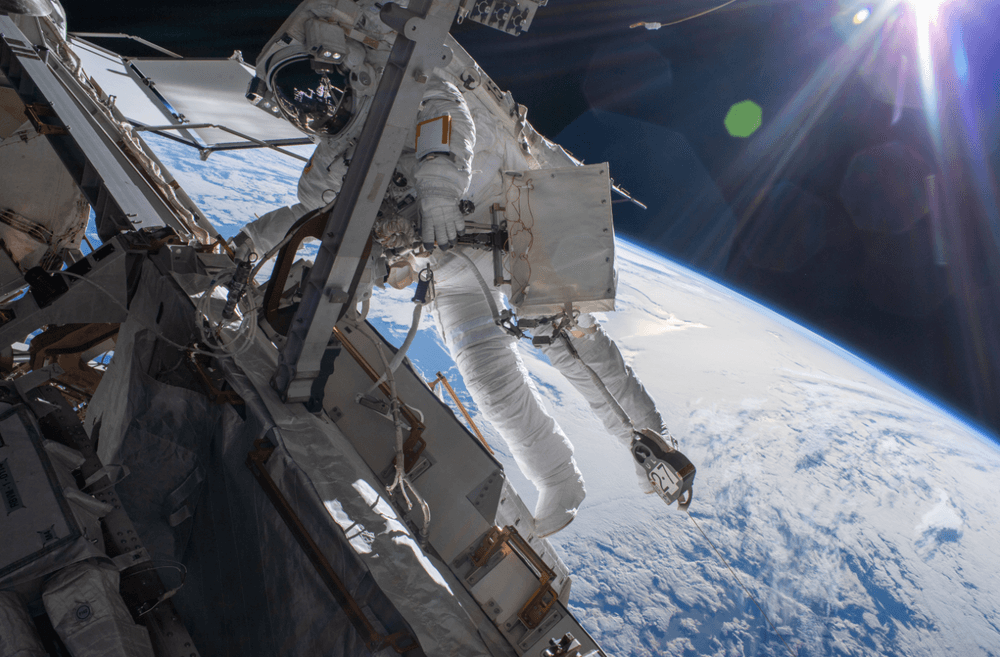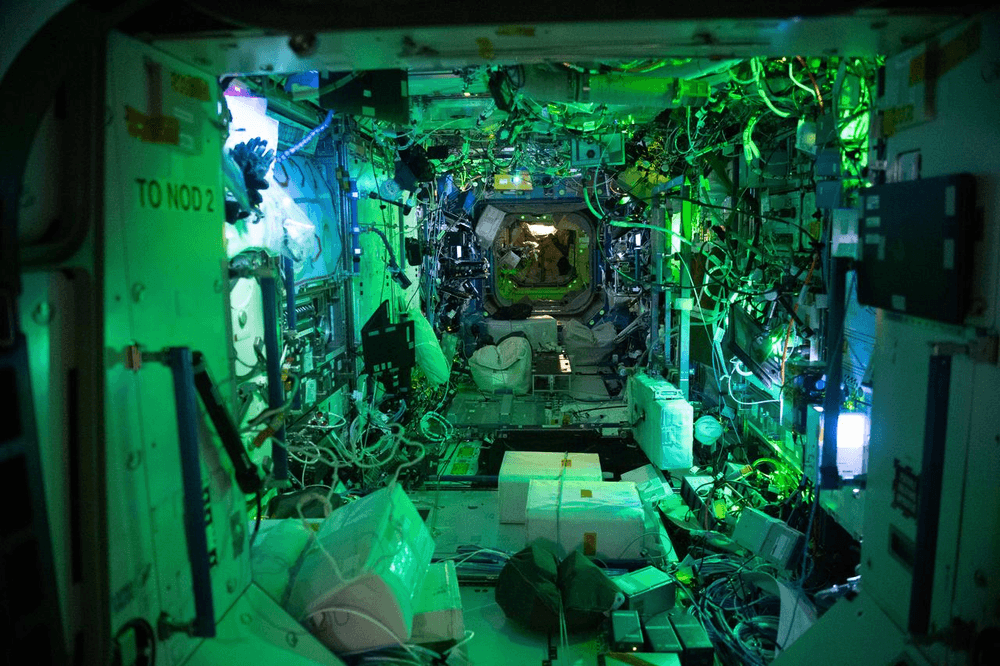Station Science Top News: Jan. 6, 2023
Astronauts aboard the International Space Station (ISS) released four CubeSats into low-Earth orbit Dec. 29, marking the 150th deployment for NASA’s CubeSat Launch Initiative. This program enables students, teachers, and faculty to obtain low-cost, hands-on flight hardware design and development experience.
NASA’s CubeSat Launch Initiative provides opportunities for CubeSats built by U.S. universities, high schools, and nonprofit organizations a pathway to conduct scientific investigations and technology demonstrations in space. The four CubeSats in the 150th deployment included: Measurement of Actuation Response In Orbit, or MARIO, from the University of Michigan; Plasma Enhancements in the Ionosphere-Thermosphere (petitSat) from NASA’s Goddard Spaceflight Center; Scintillation Prediction Observations Research Task (SPORT), from NASA’s Marshall Space Flight Center; and Thomas Jefferson High School Research and Education Vehicle for the Evaluation of Radio Broadcasts, or TJREVERB, from the Thomas Jefferson High School for Sciences and Technology in Virginia. SPORT and petitSat aim to provide insight on space weather disturbances and their subsequent impacts on communication signals.
Learn more about SPORT and petitSat.

The Measurement of Actuation Response In Orbit, or MARIO, CubeSat is released from the International Space Station, marking the 150th deployment for NASA's CubeSat Launch Initiative. Credits: NASA
***
Japan Aerospace Exploration Agency researchers report the isolation of a glucose-sensing enzyme from a harmful bacterium that is found in soil and water during a Protein Crystal Growth (PCG) investigation aboard the space station. These findings could lead to more accurate and reliable glucose-monitoring systems for astronauts on long space missions and improve commercial products for people with diabetes on Earth.
The researchers grew crystals in a protein-enzyme solution to make changes to the glucose enzyme structure. One of the engineered mutants showed a 70% increase in chemical reactions and could withstand higher temperatures than the current best enzyme for glucose monitoring — glucose oxidase. These results contribute to glucose-monitoring research that employs Direct Electron Transfer, an improved way of producing electrical signals that relate to the level of glucose present in a sample.
***
The ISS National Lab has released its annual report, highlighting achievements from station research from the past year. Nearly 50 peer-reviewed publications related to ISS National Lab-sponsored research were published — the highest number ever identified in a fiscal year. Close to 70% of these publications were related to fundamental science funded by the National Science Foundation.
Other standout accomplishments include:
- 75 National Lab-sponsored payloads launched to station, with 85% representing research from commercial entities
- 9.5 million people in National Lab educational partner programs
- The all-time cumulative amount of capital raised by startups following flight of ISS National Lab-sponsored projects reached more than $1.8 billion
- Of the newly selected projects this past year, 60% were from new-to-space users

Astronaut Matthias Maurer of ESA (European Space Agency) is pictured on the International Space Station's truss structure during a spacewalk to install thermal gear and electronics components on the orbiting lab. Credits: NASA
***
Taking pictures is an important part of the scientific process in space. In 2022, the space station crew took some incredible photos capturing data and the variety of experiments they worked on. Look back on an impactful year of research through pictures.
Read more and explore the photo essay.

An interior view of the Destiny U.S. Laboratory at night under ambient light with the main lights turned off. The Destiny module supports a variety of life and physical sciences, technology demonstrations, and educational events. Credits: NASA







